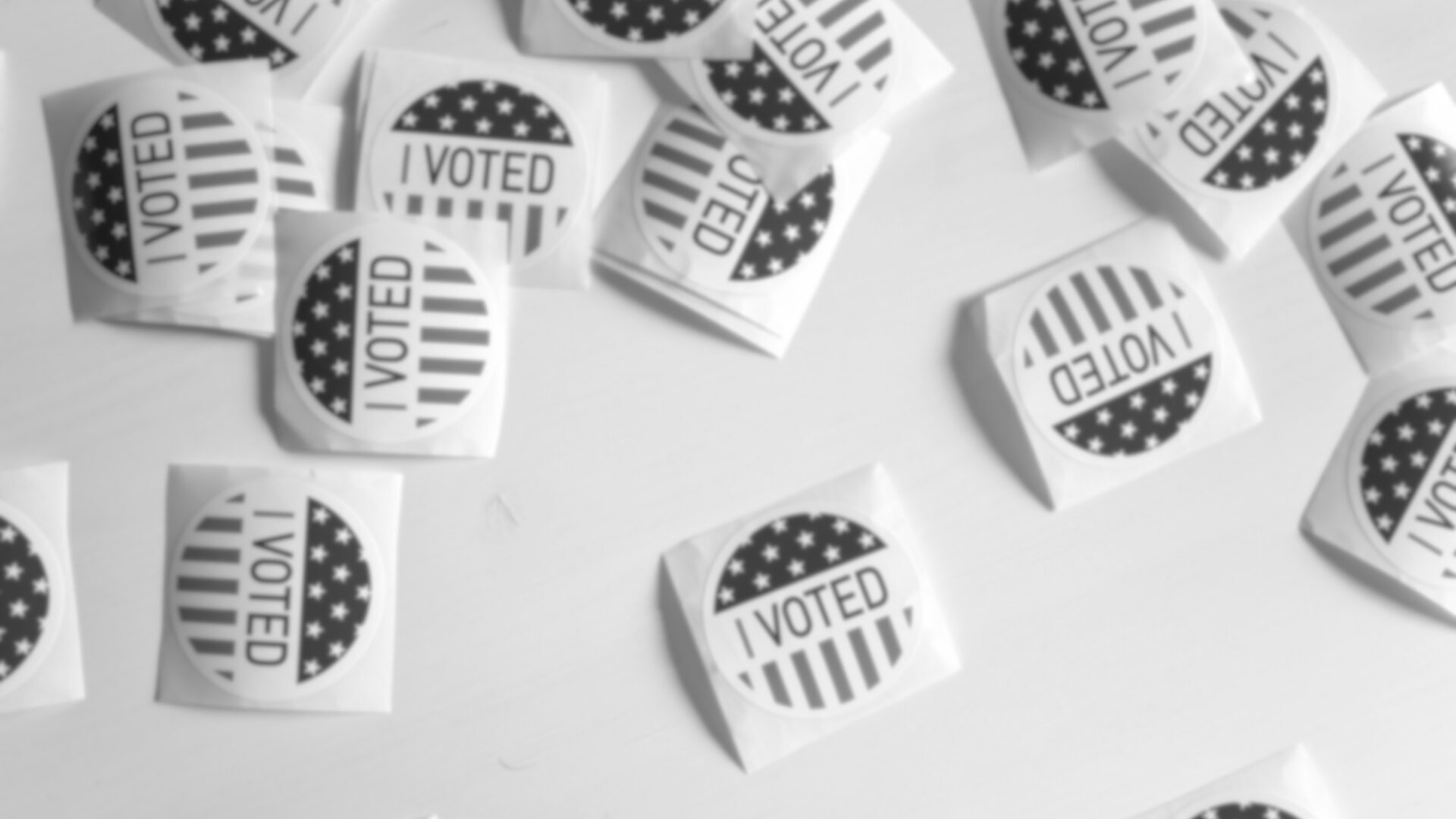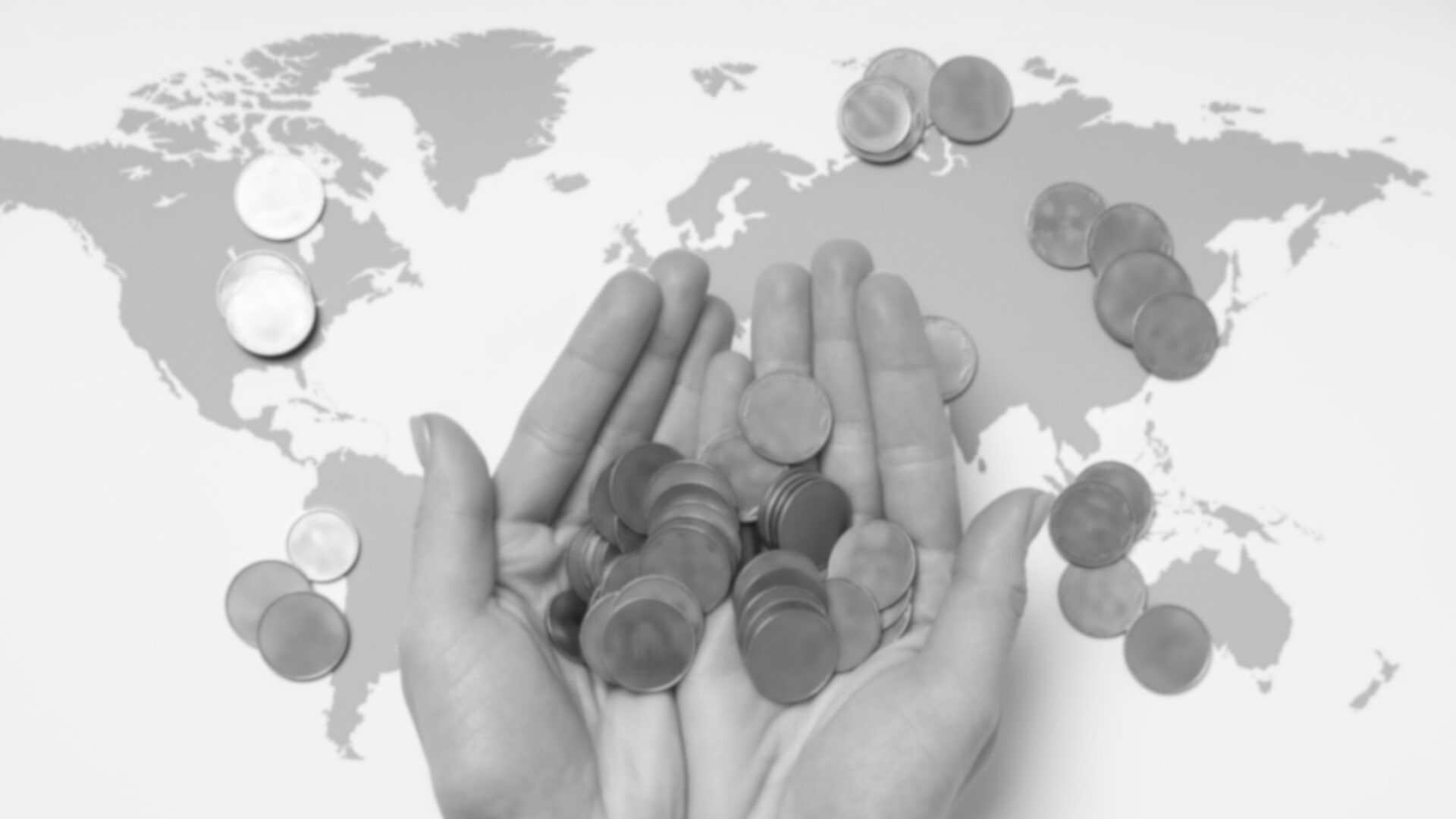
POLICY INSIGHT
Trade and Tariffs
Introduction
Trade drives economic growth and global relationships by fostering innovation, collaboration, and specialization. Nations benefit by focusing on industries with a comparative advantage, producing goods more efficiently, and creating mutual gains for trading partners.
Learn more about why trade is essential and how the principle of comparative advantage benefits economies (7 min).
KEY TERMS
- Comparative Advantage: When an economy can produce goods at a lower opportunity cost than another nation’s economy. This is the driving force behind trade.
- Trade Barriers: Tools countries can implement to artificially manipulate trade. They include, but are not limited to, tariffs, import quotas, domestic subsidies, and embargoes.
- Trade War: An economic conflict between countries. One example is the Chicken Trade War in the 1960s. Learn more about this conflict from FEE (2 min).
- Tariff: A tax on imported goods that raises their price in the market. Tariffs may be temporary or long-term, depending on policy goals.
- Subsidies: Government support, such as payments, tax breaks, or services that give certain businesses or sectors a market advantage. Subsidies are a key focus of international trade rules due to their potential to disrupt fair competition. Learn more about subsidies and explore federal government spending on them.
The Economics of Trade
Trade thrives on comparative advantage, with nations specializing in their strengths and exchanging goods for mutual benefit. Specialization expands access to resources and markets, spurring innovation, productivity, growth, jobs, investment, and offering consumers more choices at lower prices. Trade deficits (imports exceed exports) provide diverse, affordable goods, while trade surpluses (exports exceed imports) boost industries and strengthen economies. These imbalances reflect the dynamic flow of goods and capital sustaining global commerce.
In recent years, companies have increasingly relocated or diversified production to manage risks from tariffs, supply chain disruptions, and geopolitical uncertainties. This restructuring, seen in trends like “reshoring” and “China Plus One”, is reshaping global manufacturing networks, though it brings new logistical and regulatory challenges.
DID YOU KNOW?
While trade barriers like tariffs limit market access and disrupt trade cycles, they do not diminish trade’s role in driving innovation and technological progress. Global competition pushes businesses to adopt new technologies, collaborate internationally, and improve processes, fueling industry growth and spreading ideas. Despite challenges like trade imbalances or geopolitical tensions, trade-driven innovation remains vital to economic dynamism, linking nations and strengthening global interdependence.
The Role of Government
STATE AND LOCAL
Trade between nations is primarily managed at the international level, but the growth of the global economy has prompted state and local governments to take a more active role. States attract foreign investment, advocate for their unique economic interests to influence U.S. trade policy, and collaborate with federal agencies to address trade barriers like tariffs or regulatory hurdles.
To connect with your state’s trade office or to learn more about these efforts, resources like the National Association of State Departments of Agriculture (NASDA) and the State International Development Organizations (SIDO) offer tools to facilitate engagement.
FEDERAL
Article 1, Section 8 of the Constitution states, “to regulate commerce with foreign Nations, and among the several States, and with the Indian Tribes[.]” While Congress has the sole power to set tariffs and collect revenue, it has delegated some of this responsibility to the president.
Two key pieces of legislation shared this power with the executive branch. The Trade Expansion Act of 1962 granted the president power to impose tariffs in the name of national security without congressional oversight. The International Emergency Economics Power Act (IEEPA) grants the president broad authority over various economic levers in the case of a national emergency.
Through judicial review, the Supreme Court can rule whether legislative or executive actions are constitutional. This includes executive orders and laws concerning trade and tariff policies. See The Policy Circle’s Judicial Branch Brief to learn more about this vital institution.
Civil Society Stakeholders
Individuals, nonprofits, and businesses each play vital roles in shaping trade policy and outcomes. Consumers influence trade through their purchasing choices. Nonprofits amplify voices by advocating for fair trade practices, empowering small businesses and underserved communities to participate in global commerce, and helping organizations navigate compliance challenges to ensure ethical adherence to international trade laws.
Entrepreneurs can bridge cultures and markets by using their expertise in languages, regulations, and cross-cultural communication to build global partnerships. Businesses expand trade through alliances with foreign firms, sharing resources, developing new products, and accessing technology. Free trade opens new international markets, driving economic growth. Together, these stakeholders create a dynamic, collaborative global economy.
Opportunities and Principles
Trade policy reflects a fundamental tension between protectionist and free market approaches, each offering distinct perspectives on global commerce. No country in the world is without trade barriers, leaving policymakers to find balance. Protectionist policies, such as tariffs, aim to safeguard the nation and can provide short-term benefits by shielding domestic industries and increasing federal revenue. However, they often raise consumer prices, disrupt markets, and hinder long-term economic efficiency.
Free trade fosters competition, innovation, and economic growth by lowering costs, expanding consumer choice, and allowing nations to specialize in their comparative advantages. It also impacts international cooperation through economic ties. The debate between protectionism and free trade reflects the challenge of balancing immediate domestic priorities with long-term growth and global prosperity.
Since World War II, the U.S. and its trading partners have worked to lower tariffs and promote reciprocal trade agreements, aiming to balance open markets with fair competition. While average tariff rates are historically low, persistent trade imbalances remain a feature of the global system, and recent policy shifts have reignited debate over what economic balance looks like. For more data and analysis on tariff trends, see the resources listed in the “Move the Needle” section.
Conclusion
Trade drives economic growth, innovation, and global collaboration, offering mutual benefits through specialization and shared opportunities. Policymakers face the challenge of balancing protectionist measures with the advantages of free trade and access to foreign markets to ensure long-term growth and prosperity. Temporary gains will only go so far before long-term effects settle into an economy. Individuals play a key role in shaping trade policy. By staying informed and supporting businesses that align with your values, you can help ensure trade policies balance national priorities with global realities.
Moving the Needle
DRIVING AWARENESS AND EDUCATION
- Keep interacting with and learning about trade and tariffs.
- Check out the Tax Foundation’s Tariff Tracker to explore a timeline of U.S. tariffs and significant responses.
- Investigate the U.S.’s position with this map comparing nations’ average import tariff rates as of 2022.
- Dig deeper into the data with the World Trade Organization’s Tariff Analysis Online database.
- Explore tariffs the U.S. has issued for specific industries and products or examine the state-level impacts.
- Leverage Citizen Portal to stay current on developments in trade policy and any other topics you’re interested in.
- Be an active participant in the conversation.
- Host a Circle Conversation: Organize a small group discussion using this Insight as the foundation. Pair it with The Policy Circle’s Judicial Branch or Economic Growth Brief to explore the nuances of this topic.
- Share Your Thoughts: Do you have a strong opinion or want to report on your findings to your community? Consider writing an op-ed or a social media post. If you need help starting, use your preferred AI model to start a draft.
- Make new connections with focused groups, both within and outside of government.
- Apply for The Policy Circle’s CLER program to learn how to become a civic leader in your community and receive one-on-one coaching to make your desired impact.
- Get involved with groups focused on trade barriers, such as the Tax Foundation, State International Development Organization, Consumer Trade Association, U.S. Chamber of Commerce, U.S. Council for International Business, and National Foreign Trade Council.
- Brainstorm ways that you can contribute to efforts you believe in. Volunteering, guest writing, and event engagement are all valuable contributions.
IMPACTING LEGISLATION
- Get connected with stakeholders.
- Trade Visit: If you live near a port, customs facility, or logistics hub, visit these locations to meet professionals managing imports and exports. For example, major ports like Los Angeles, Houston, or Savannah often host public tours or events that showcase trade operations. Take a group of friends (or your Policy Circle) with you!
- Small Business Visit: Ask your favorite local shop about the effects they’re seeing from the tariffs. Do they import tariffed goods? Is it an entirely domestic business? Do any of their tools or materials come from abroad? Find out what your local connections to international trade are.
- State Trade Offices: Connect with your state’s trade office (e.g., through resources like the State International Development Organizations directory) to learn about export assistance programs or advocate for policies that align with local economic priorities.
- Talk with Officials: Is your city or state a hub for trade? Ask your representatives what this means for them, what engagement with foreign nations is like, and what challenges have come from balancing competition and strengthening local businesses.
- Take these conversations to your representatives and policymakers.
- Testify before your city council, county commissioners, or state government about trade policy’s effects on you and your community. Bring in what your representatives and local business owners have said. Become a catalyst for their stories to inform policy.
- Write to or call your representatives in Congress. These elected officials can pass legislation on trade policy and either limit or empower the executive branch. Ask them their stance to create dialogue and give your opinion on this topic.
REACHING POSITIONS OF INFLUENCE
- Public Positions: Consider running for an elected position or putting forth your name for an appointed position where you can affect trade policy. Many states have trade representatives or directors of international trade offices who oversee export promotion, trade missions, and partnerships with foreign entities. These are great opportunities to become directly and consistently involved in policymaking.
- At the state level, economic development offices often work on trade and international relationships. See this map to find out more about your state’s economic development offices.
- At the local level, shipping hubs often have several entities focused on trade. You can join the board of one such organization, like a Port Authority, or make a difference in your economic development agency/office. See this map to find out more about regional economic development offices.
- Advocacy Work: Get involved consistently by teaming up with advocacy groups to create change. Take ownership and lead a project to generate the impact you want. Start your own if you can’t find an organization to partner with! Gather your friends and stakeholders to address a problem that you have seen.
- One example of a national advocacy group is the National Foreign Trade Council.
- The Department of Commerce International Trade Administration also provides contacts where exporters can advocate for themselves and their business to the federal government.
Newest Policy Circle Briefs


Assessing Candidates Guide

The First-Time Voter Handbook

Women and Economic Freedom
About the policy Circle
The Policy Circle is a nonpartisan, national 501(c)(3) that informs, equips, and connects women to be more impactful citizens.